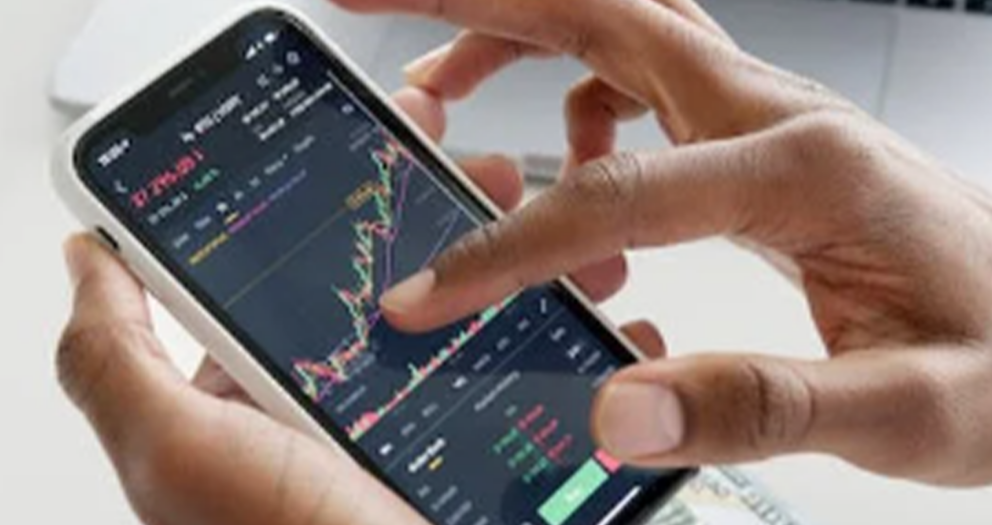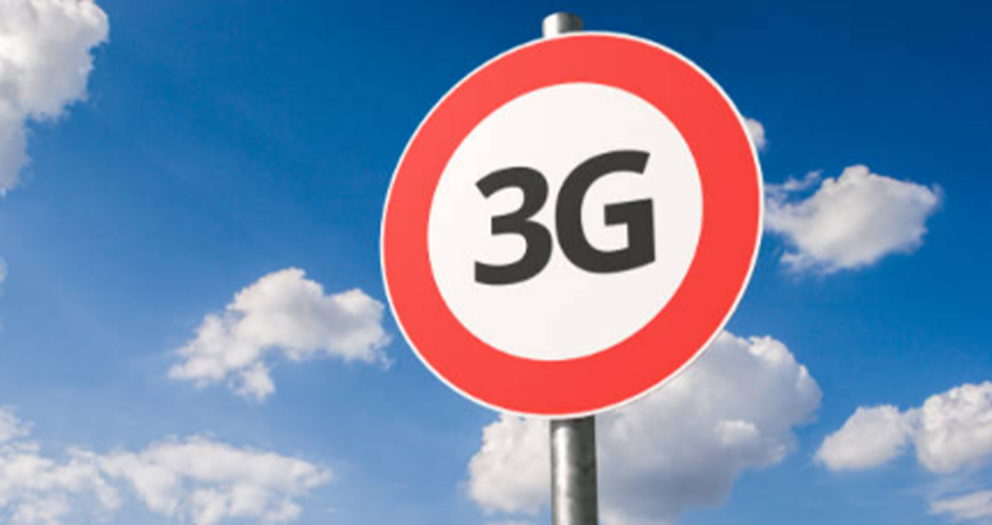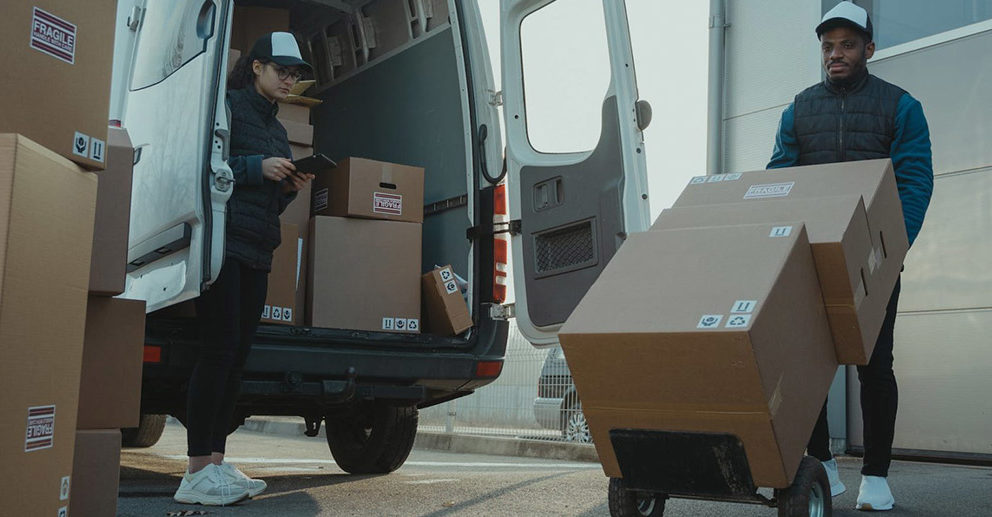Impact of 3G Shutdown for the Australians
It has been in the news for quite a few years that Australia is planning on shuttering the 3G network, and it is finally happening in phases. Vodafone was the first to do it, by closing down its 3G operations between December 2023 and January 2024. Telstra and Optus will follow suit in 2024, in the month of June and September, respectively.
How does the 3G sunset affect Australians?
The 3G sunset has brought on a wave of panic that nearly three quarters of a million Australians might be cut off from emergency services with the handsets they presently use. It means they won’t be able to dial the emergency Triple Zero number (Australia’s main emergency service) when Telstra and Optus close their 3G networks. To combat that issue, The Australian Federal Government has created a Working Group to ensure the transition from 3G to 4G is seamless as possible.
The new group was established a couple of days after Australian Communications Minister Michelle Rowland spoke about the problem, and asked the three major mobile operators – Telstra, Optus and TPG ( formerly Vodafone Hutchison Australia), along with the Australian Mobile Telecommunications Association (AMTA), to join the working group. It is being supervised by the Department of Infrastructure, Transport, Regional Development, Communications and the Arts.
What will be the focus of the Working Group?
The announcement of the 3G network switchover was first made in 2019, in order to provide a more efficient use of spectrum by mobile network operators, to improve data speeds and capacity.
A common problem detected is that many customers are using old 4G handsets, and believe their device will automatically function using 4G, once the 3G network is permanently shuttered. The handsets could continue to operate normally for voice and data, which is why many are unaware of the impending concern.
The Working Group will target a subset of 4G handsets configured by the manufacturer to use 3G for calling Triple Zero, despite otherwise working over 4G to make voice calls. It is indeed very troubling because users won’t know that their handset can’t call Triple Zero after the switchover. It can only be discovered during an emergency when they try to dial.
What efforts are being undertaken?
The Working Group is collaborating with industry experts and stakeholders to identify impacted customers, improve accessibility of public-facing information and contact points, and amplify messages to ensure the community is aware of the switchover.
Telcos are reaching out individually to advise customers with older 4G phones, devices purchased overseas and now being used in Australia, or those bought via the “grey market”,
about their handsets not being properly configured to make emergency calls post the 3G shutdown. The three mobile operators have been asked to submit action plans at the earliest, and instructed to update on a fortnightly basis.
Older 4G handsets don’t support VoLTE emergency calls. They have VoLTE capability that enables voice calls and Internet access, but these devices revert to 3G for emergency calls. Australians have been continuously urged to upgrade affected devices or get new ones to ensure they have connection to faster 4G and 5G mobile services.
If warranted in the public interest, options exist under law for the Government to consider regulatory intervention – including proposals for delays to planned switchovers, subject to required consultation and procedural processes. However, consumers have been strongly discouraged to avoid placing test calls to Triple Zero. This is because impacted gadgets will still work over current 3G services until the 3G switchovers occur later in 2024. Moreover, it could disrupt the networks and prevent others from accessing live-saving support.
What triggered the threat?
Telstra’s power outage
The inability to contact emergency services was highlighted when a person from Melbourne, Victoria, died due to cardiac arrest during a Triple Zero outage that affected the Telstra network. Telstra is the national emergency call provider which directs calls to emergency service organizations around the country.
The deceased’s family tried to call for help, but the call couldn’t be forwarded right away to paramedics. The outage lasted for more than an hour, during which Telstra operators could answer calls but failed to redirect them to all Triple Zero call centers. The outage lasted for 90 minutes, and among the almost 500 calls to Triple Zero during that window, Telstra was unable to transfer 148.
The service was intermittently malfunctioning between 3.30am and 5am, which meant that some operators had to resort to email referrals. Triple Zero Victoria operators couldn’t receive those until well after 7 am. By the time the paramedic crew responded to the Melbourne patient experiencing cardiac arrest, it was too late, and the resuscitation efforts were unsuccessful.
Optus’ breach of public safety rules
Optus had to pay a hefty fine of $1.5 million Australian dollars (US$980,316), when it was found guilty of large-scale breaches of public safety rules around its Triple Zero system, putting many consumers at risk.
The ACMA conducted a thorough investigation, and discovered that the operator hadn’t uploaded required information of almost 200,000 mobile customers to the Integrated Public Number Database (IPND) between January 2021 and September 2023. The INPD is utilized by services like the Emergency Alert service to warn Australians of disasters such as floods and bushfires, and by Triple Zero to provide location details to law enforcement, ambulance and fire brigade in an emergency.
What does the current scenario look like?
The AMTA flagged this issue in November, 2023 – three weeks before Vodafone started phasing out its 3G network from December 15. AMTA CEO Louise Hyland had previously stated that customers have to act immediately if they have an older mobile device that still connects to a 3G network, which hasn’t been upgraded. It has listed 20+ common devices that are likely to be affected by the 3G closure.
The government is closely monitoring the transition. As mentioned, there are various options in law, which include potential proposals to delay the 3G switchovers. Telstra is next in line to shut down its 3G networks, and working closely with other mobile network operators, the ACMA (Australian Communications and Media Authority) and the federal government to manage Australia’s transition from 3G to 4G. The switchover is crucial for the connectivity and future productivity of the country, to be achieved via increased speed, efficiency, and capacity. As per their spokesperson, 3G now accounts for only 1% of Telstra’s mobile network traffic. Many of their customers had begun upgrading their mobile devices ever since the 3G shutdown was announced 5 years ago.
With 740,000 customers about to be impacted by the 3G shutdown, will the government step in to delay the switchover? Communications Minister Michelle Rowland has assured Australians of a safe transition. As per the latest update an inquiry has been initiated due to the Senate voting in favor of a One Nation motion into the 3G mobile network shutdown. One Nation Senator Malcolm Roberts stated that telcos have to delay the 3G sunset till the inquiry is complete and it is 100% certain that Australians are ready for the switch.

 Global
Global Australia
Australia India
India








